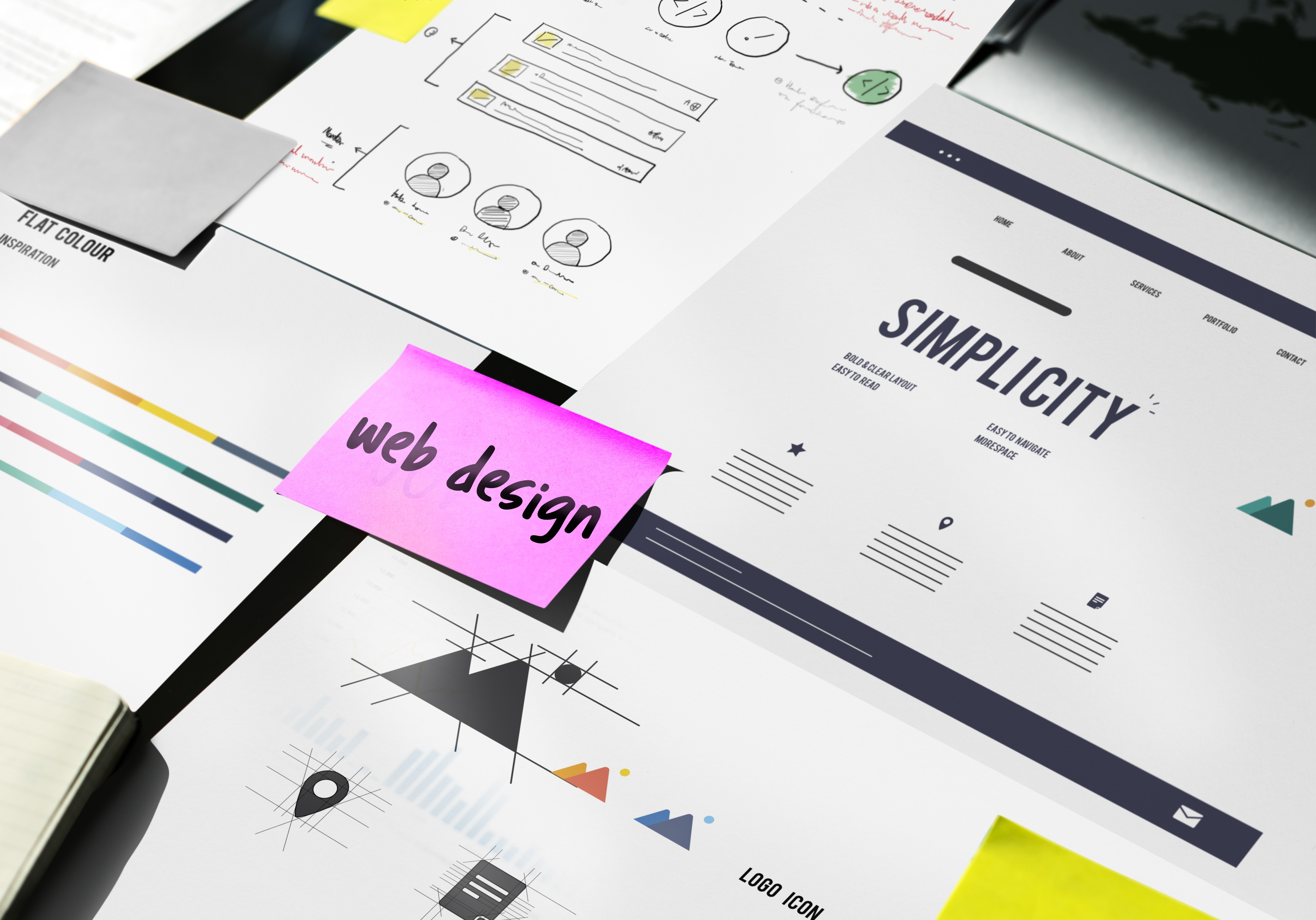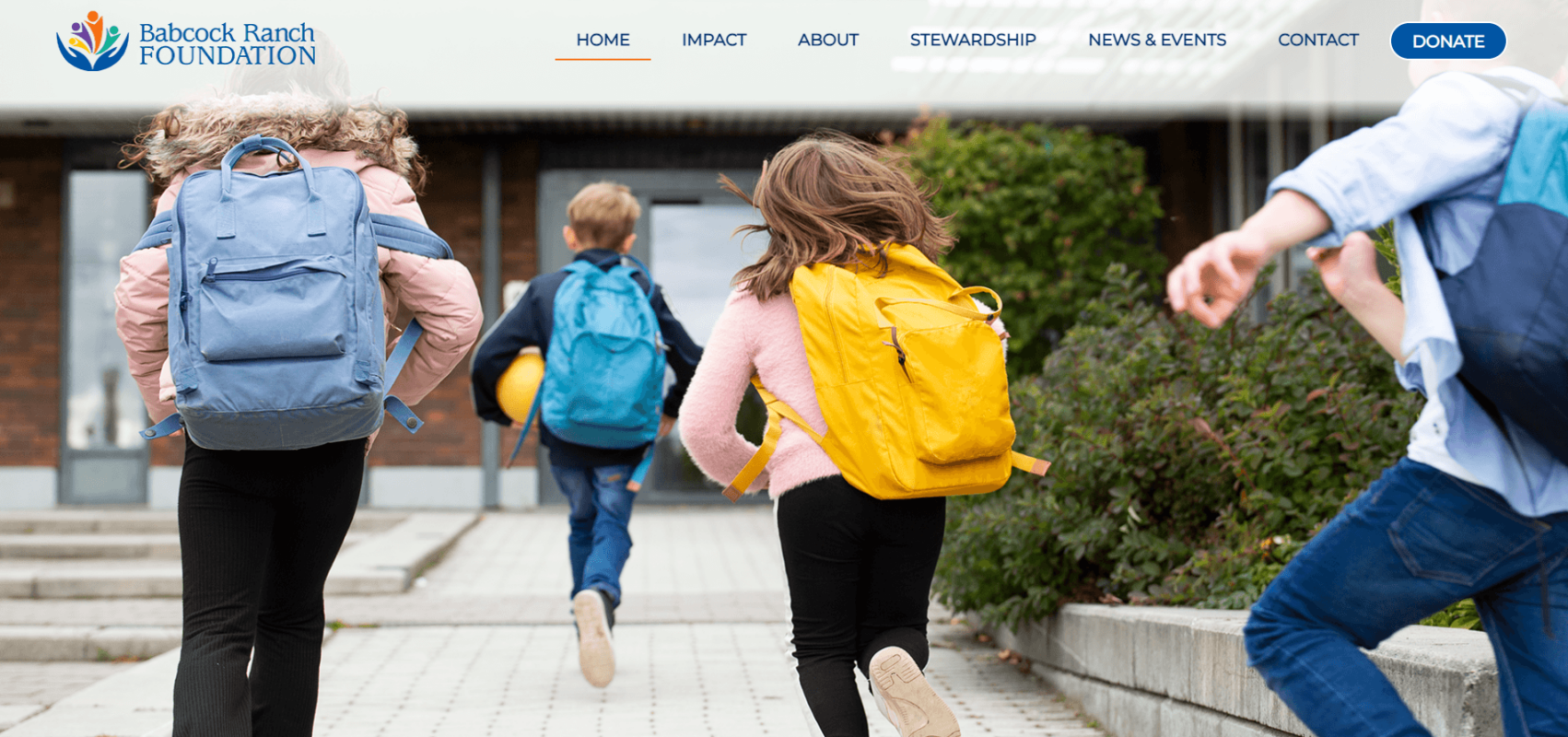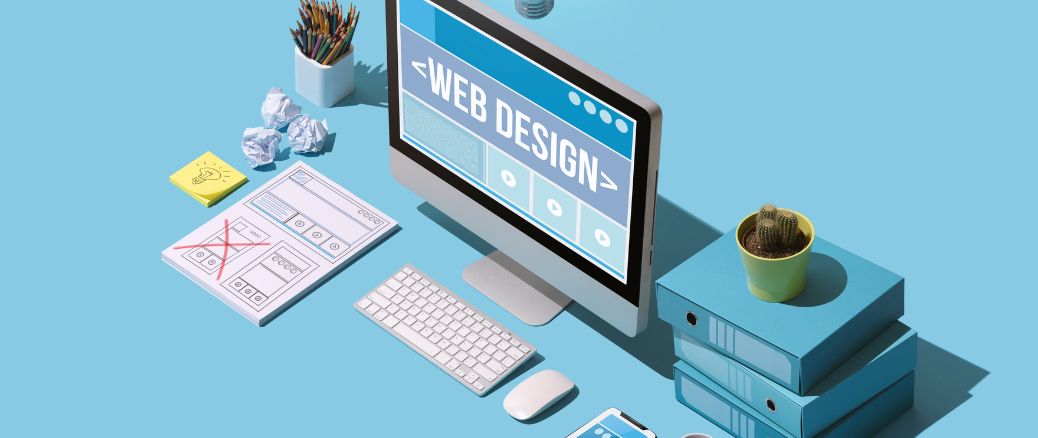Web designers, developers, and marketers can agree on one thing: websites are designed for conversions (conversions being purchases, email list signups, or any other goal that suits your business growth). Last fall, I had the amazing opportunity to represent Atilus at the world-renowned Conversion Conference – the ONLY conference dedicated to web conversions and optimizing online marketing efforts.
Each speaker at the Conversion Conference was a master in his or her field and focused on web design expertise for companies both large and small. One issue that arose (quite early I might add) was the difference between designing for business-to-business websites and business-to-consumer websites.
Factors Affecting Web Design
At Atilus, we’ve had opportunities to work with a variety of projects and clients. Being a third-party service provider, we often need to immerse ourselves in the business of our clients to understand their company, goals, audience, and any other factors that may affect their website design (ALL factors affect website design).
All factors are important in the web design/development process, but creating or redesigning a new website typically begins with one thing: who is the website’s target audience?
Design Considerations for B2C & B2B Websites
Given that these two target markets are very different, we often place them into two opposite ends of the web design spectrum. A B2B website should be clean, informative, and professional, while a B2C website should be fun, interactive, and attractive (I, too, am guilty of thinking this way).
However, if you think about it – who are these websites selling to? Business-to-consumer websites sell to people and end users. Business-to-business websites sell to other businesses, but what are businesses made of? People.
In both cases, a website’s design should include optimized usability – this refers to whether a user CAN complete a particular action, whether it’s purchasing an item or filling out a contact form. The user experience, however, refers to how users FEEL when they do something. Do they feel delighted? Aggravated? Valued?
One of our clients, Power Purchasing, provides other associations, businesses, and groups with discounts through the power of group purchasing. While this website is made to attract other businesses, we kept in mind that people would be the ones using the site. How do we want them to FEEL when they visit the website? Typically, we would like them to feel like it’s easy to register, easy to use, and that they feel like they’ve taken something valuable away from the site.
When we approach design for either a B2B or B2C company, we are certain to analyze both usability and the user experience to ensure full satisfaction for our client’s target audience. While target markets for B2B and B2C companies are very different, sometimes the website design might be more similar than you think.
Similar Posts



